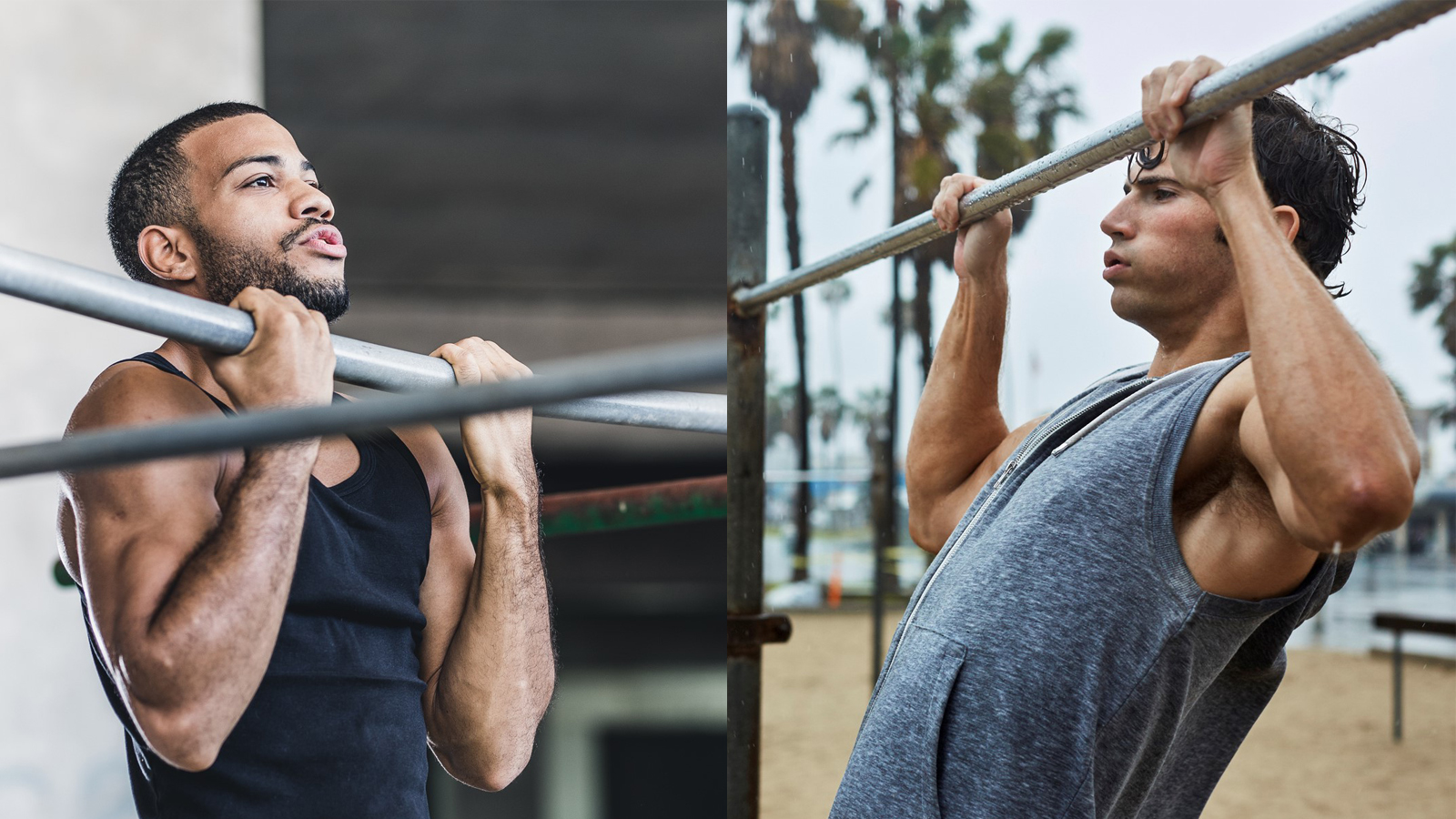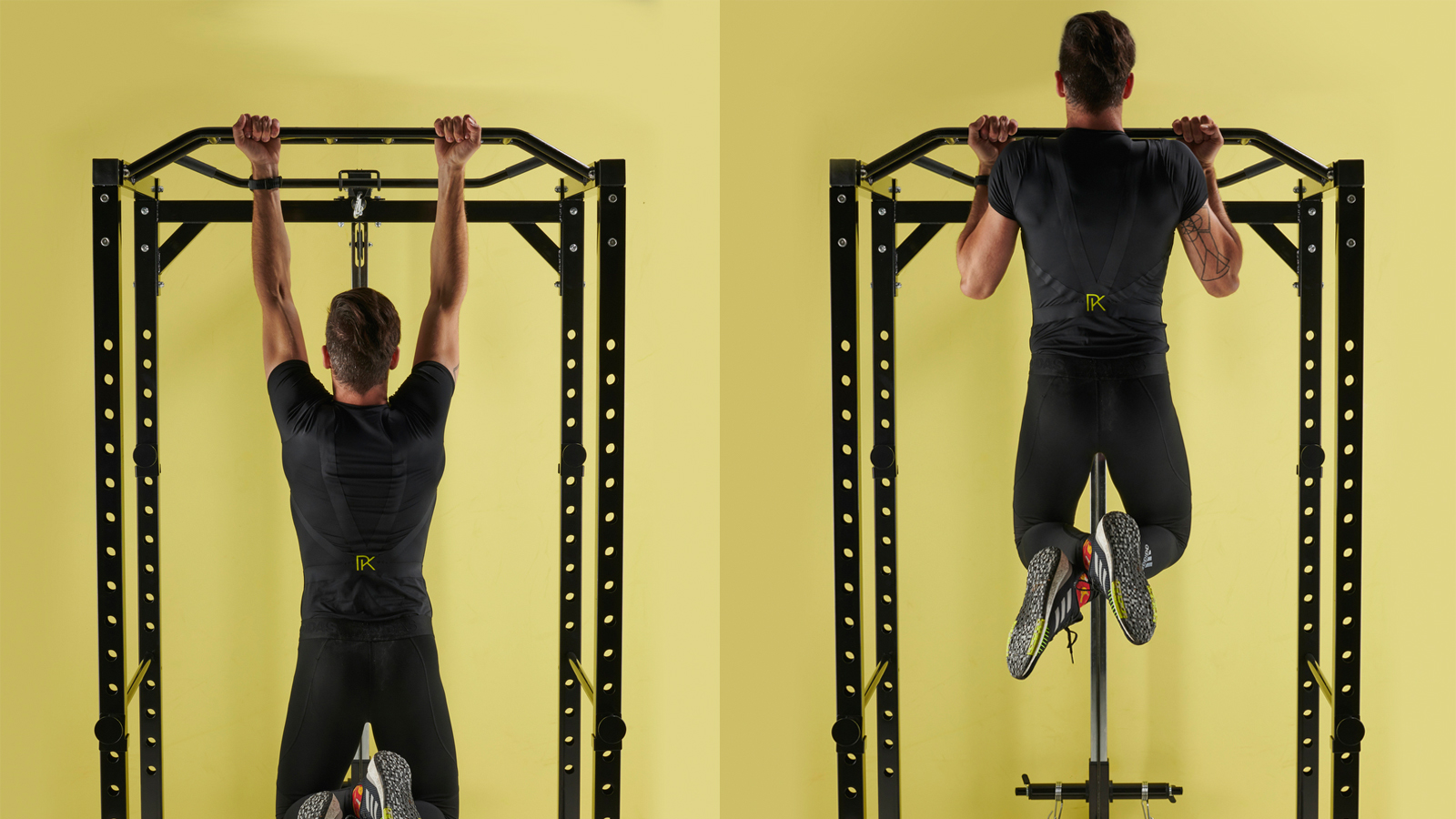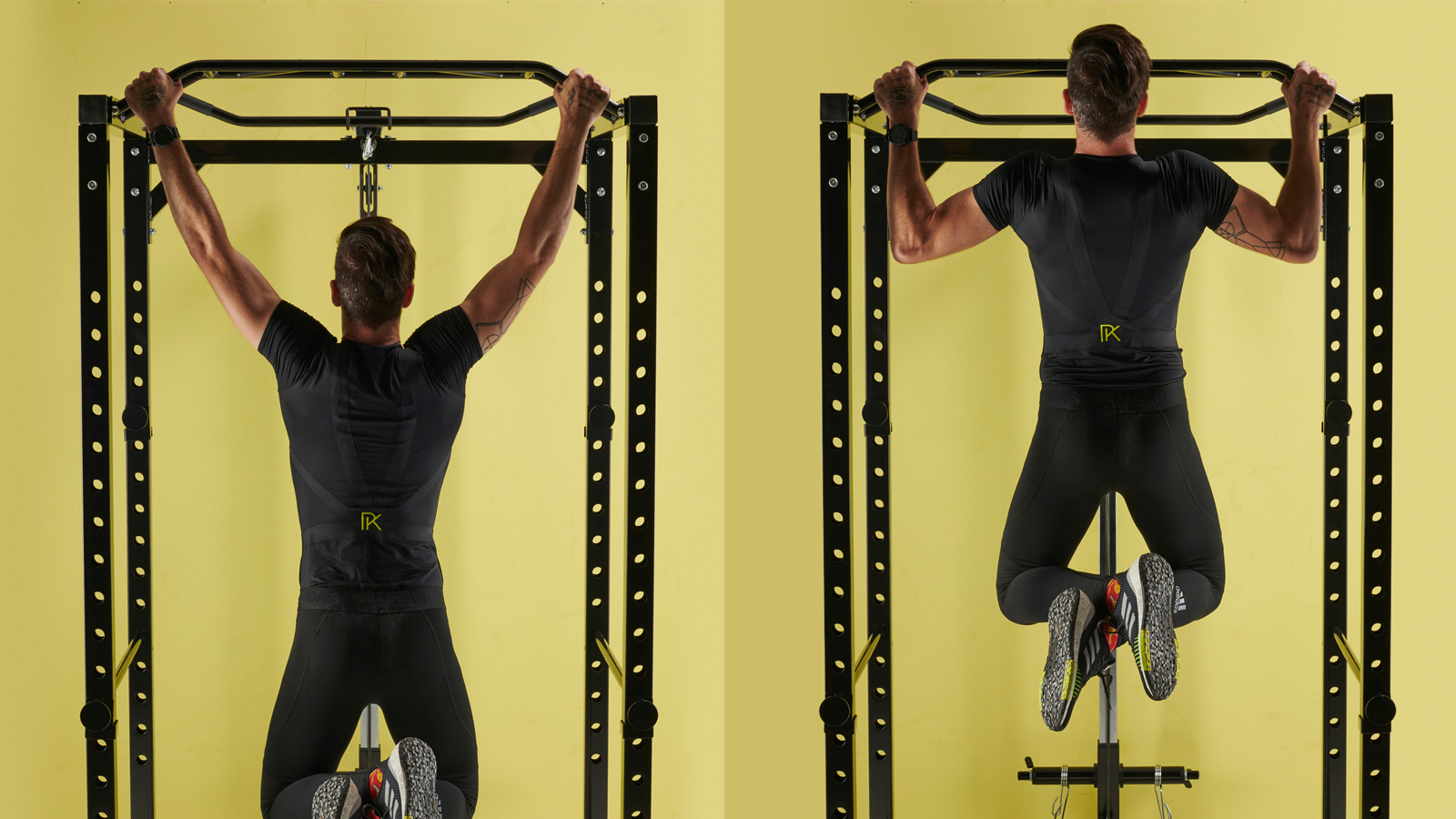Chin up vs pull up: what's the difference, which muscles are worked and most importantly, what is the best one?
Chin ups vs pull ups: which one is better for you?


The chin-up vs pull up question may never go away but the truth is, they are both excellent compound exercises, albeit not easy to perform correctly. Although similar to some degree, chin-ups and pull-ups work different muscles or at least work similar muscles differently. Choosing one over another very much comes down to what muscle groups you would like to focus on more in your workout routine.
Equipment-wise you will need – yes you guessed it – either an entry from our list of the best pull up bars, or a gym membership – or venture to your local outdoor gym if you have one. Do you have any questions about pull-ups? Here are 11 of the most searched questions about pull up bars answered.
Be safe and sensible
Especially if you are trying to perform chin-ups or pull-ups at home, make sure that the pull-up bar you're using is safe to use before you apply your weight to it. These compound exercises might not seem too dangerous at first but your bodyweight provides plenty of resistance and if you fall off the bars for any reason, you can hurt yourself, pretty badly.
Before you even attempt to do either chin-ups or pull-ups, improve your grip strength by just hanging from the bar, resting your legs on the floor or on an elevated surface like a chair or aerobic step. When hanging, try not to drop your shoulders and engage your core as well.
Doing multiple sets of chin-ups/pull-ups require a lot of strength so don't try to rush progress and hurt yourself in the process.
Important: if you are new to exercising or haven't done much exercise in the past, try easing your body and mind into working out rather than going too strong at the beginning. If you have some excess body fat, we have a few handy tips on how to lose weight fast (relatively) as well as many articles on different diet methods (links to these are in the article above). Just be sensible.

Your chin should go over the bar at the top
Chin up
Best for: sculpting big arms, especially the biceps and strengthening the lats
Get all the latest news, reviews, deals and buying guides on gorgeous tech, home and active products from the T3 experts
Muscle worked: biceps, lats, forearm, shoulders, core
Chin-ups are probably a tad bit easier to perform than pull-ups, mainly because in the case of chin-ups, your arm muscles – especially your biceps – can be utilised more during the movement. For the same reason, chin-ups are better to build arm definition and to really make the biceps pop.
To perform a chin-up, grab the bar with an underhand grip (palms facing you), hands being shoulder apart. Even in the lowermost position, you should drop your shoulders completely and engage your core too. This will help you stabilise your body, especially on your descent.
At halfway point, your chin should be over the bar. Otherwise, it's only a half-rep and you don't want to half-rep. It is not only less effective but also promotes bad form as well.

Hands wide apart for a nice V-shape
Pull up
In-depth: How to do pull-ups
Best for: achieving the coveted V-shape, building a strong upper back
Muscles worked: lats, teres major, rhomboids, biceps, core
Being able to perform pull-ups correctly is the ultimate power move in a gym. Many people who can powerlift twice their bodyweight would struggle to do eight clean reps of pull-ups.
Pull-ups are challenging because you need to be agile as well as strong to be able to do the pull-ups, not to mention shoulder mobility, something a lot of people ignore and just assume they have because "they use to rule the monkey bars in primary school".
To perform a pull-up, hold the bar with an overhand grip (palms facing away from you) and hands being wide apart. A nice wide grip will help activate the lats even more and will help you shape that back-V sooner.
The same rules apply to pull-ups as for chin-ups: core engaged, not dropping shoulders, being mindful of the descent. As with any exercise, the slower you can perform it – within reason – the longer you activate the muscles and the quicker you are going to see results.
Pull up alternatives
- Assisted pull up machine: this machine can be found in gyms – it's highly unlikely you'll get one for your home gym – and it is great for beginners. The way it works, with the weight stack, it counter-balances your bodyweight so it's easier to pull yourself up. Pretty much like a set of scales. So, unlike many other gym machines, the lower weight, the more effort it takes to pull yourself up. Be careful as you kneel on the pads, make sure you hold onto the bars first firmly.
- Wide-grip lat pulldown: probably the best exercise to do if you haven't got the strength to do pull-ups properly yet. Once you can comfortably pull the same amount of weights as your bodyweight, you are most likely ready to start moving over to the pull-up frame.
- Barbell row: barbell rows – or bent over rows – are also excellent exercises for beginners and pros alike.
Want to build muscle? Eat your protein.
To avoid any injuries and to help recovery, keep an eye out for your protein intake and always stretch after your exercising sessions. And make sure you drink plenty of water as well. A decent gym water bottle doesn't cost all that much.
Supplement-wise, you only really need two: protein powder and creatine. The former will help in the muscle repair process and the latter will boost performance. Both are safe to use and there is a wide variety of offerings so you can choose a flavour you prefer.
With creatine, we recommend you get the unflavoured variety because it mixes well with any liquid and you only need a small amount to keep your creatine levels saturated. This means you can mix your 3-5 grams of creatine with anything in the morning (water, juice, even coffee) without having to worry about an aftertaste.
If you feel like you need a nibble throughout the day, opt-in for low-sugar protein bars and snacks as opposed to Mars bars.

Matt Kollat is a journalist and content creator who works for T3.com and its magazine counterpart as an Active Editor. His areas of expertise include wearables, drones, fitness equipment, nutrition and outdoor gear. He joined T3 in 2019. His byline appears in several publications, including Techradar and Fit&Well, and more. Matt also collaborated with other content creators (e.g. Garage Gym Reviews) and judged many awards, such as the European Specialist Sports Nutrition Alliance's ESSNawards. When he isn't working out, running or cycling, you'll find him roaming the countryside and trying out new podcasting and content creation equipment.